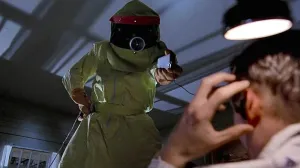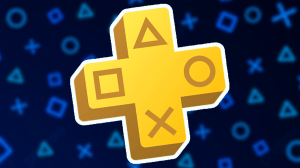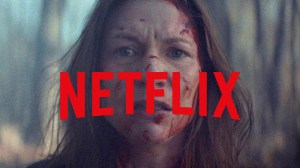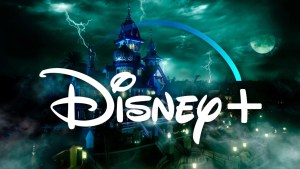Dungeons & Dragons: Dark Alliance is a video game that emphasizes multiplayer play by ensuring that your single-player runs are truly miserable experiences. The new game is a co-op action brawler developed by Tuque Games, a subsidiary of Wizards of the Coast, which gives players control of the Companions of the Hall, a group of heroes best known for their appearances in R.A. Salvatore’s Drizzt novel series. Dark Alliance is a sequel of sorts for The Crystal Shard, the first Salvatore book that introduced Drizzt and his friends to the masses, as new foes race to claim the Crystal Shard and its power in Icewind Dale.
Videos by ComicBook.com
Combat in Dark Alliance emphasizes combo and attack sequences, with players unlocking new moves and abilities by spending money between game runs. This isn’t a true button-masher game, as committing to a move at the wrong time will leave you vulnerable to one or more attacks by the waves of enemies you’ll encounter throughout the Dale. The direction of an attack is based on what direction the player character is facing as opposed to which direction you tap your joystick, which is a bit of an adjustment from other games in the same genre. While players do have the ability to lock on to a particular enemy, it does severely restrict your perspective and makes it a lot easier for you to lose track of more powerful foes or not see when an ally is in need of an assist. Honestly, it’s easier to simply try to line up a series of foes in a somewhat straight line so you can plow through them as your combos inevitably march you forward.
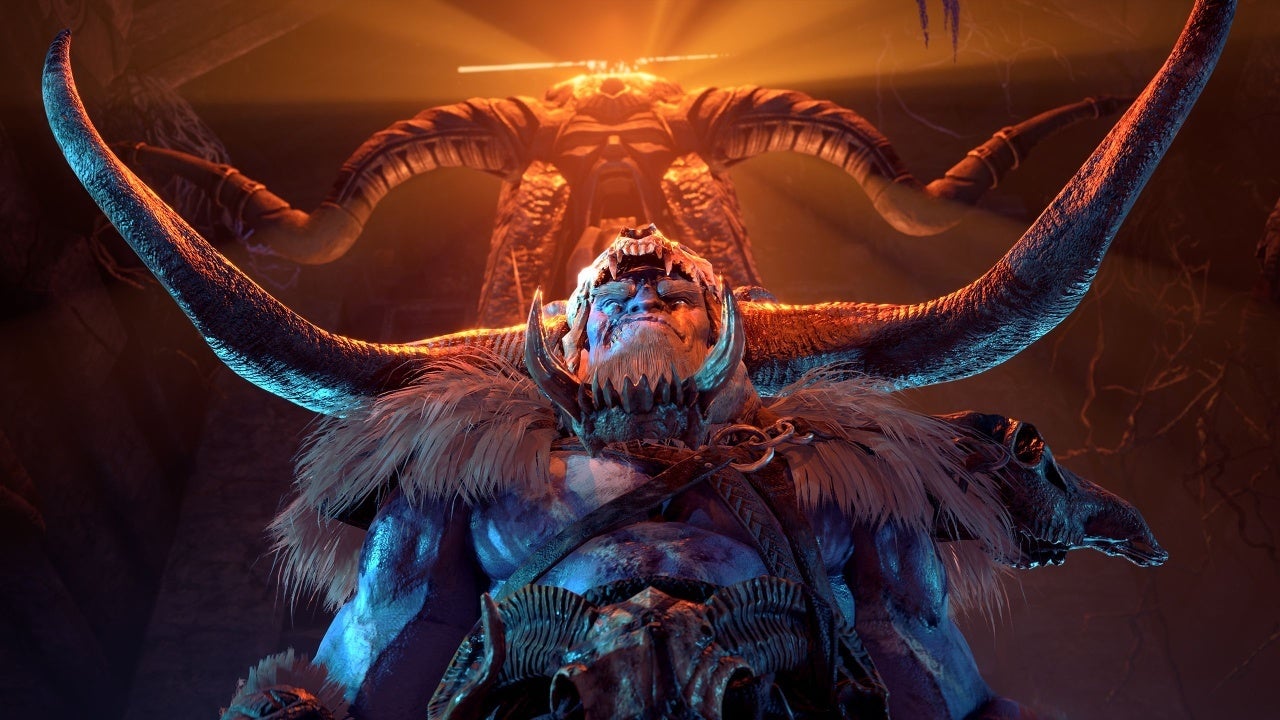
The bulk of Dark Alliance is structured around a series of levels meant to be approached like raids in Destiny. Players equip armor and weapons that provide them with various buffs and then storm through the level, killing enemies and finding loot scattered across the realm. There are a couple of minor puzzles and platforming bits to conquer, but the runs are mostly structured as a sprawling race towards a boss who needs to die in brutal fashion. There is a bit of push and pull involved with the game’s Short Rest feature. Taking a Short Rest replenishes your health, stamina, and consumables and provides players with a checkpoint to return to in case of a TPK, but passing on a Short Rest gives players a better chance of getting better loot. It’s a nifty feature that emphasizes risk and reward and feels like one of the most Dungeons & Dragons-esque bits of the game outside of the actual lore.
The catchphrase for Dark Alliance is “Join the Party” and it’s more of a requirement than a marketing tag. The game experience is vastly different for playing in multiplayer as opposed to single-player, and the single-player mode mostly serves to highlight the game’s flaws. While multiplayer is a mostly fun and thoughtless team-up with pals to beat up classic D&D monsters, single-player is a brutal and unforgiving slog that reminds you of the limitations of the combat controls, the un-optimized builds and abilities for several of the characters, and the occasional visual/technical glitches and flaws that make things even more ridiculous. You may not mind not knowing how much health one random lieutenant has when a teammate can revive you, but you certainly will care that the enemy’s health bar is not showing up when you made the poor decision to skip over a Short Rest, have used up all your potions, and have just a sliver of health left.
The stark differences can be seen even when facing a single group of basic goblin enemies. In multiplayer, Catti-brie might target the ranged foes while Wulfgar uses his hammer to quickly batter down armored goblins. However, in single-player, you have to choose which poison to deal with first. Do you frantically scamper around the field trying to take out archers before they shoot their hard-to-dodge powered shots and ranged foes while an ever-increasing horde of melee fighters scamper behind you and pray that you don’t somehow get caught in a corner? Or do you aim for the elementally infused foes first, letting the archers take potshots that interrupt your combos and lead you to taking a series of four or more melee attacks?

The boss fights are even worse in single-player mode. I ended up spending nearly 90 minutes on a single-player fight against a gruesome verbeeg named “The Chef” who had AoE attacks that were impossible to block. Since I was playing as a pure melee fighter, the Chef would slaughter me after one sequence of attacks the second I tried to stack more than two attacks in a row. Ultimately, I hid on one side of the map and let the room’s fire traps slowly whittle away at his health for nearly an hour while luring him to stay in the middle of the room by jumping between two ledges. That same fight took maybe five minutes when playing in a group of four players on the same difficulty. There clearly needs to be some post-launch re-balancing, as the game experience is frustratingly bad and un-scaled when trying to succeed in single player.
While Dark Alliance’s single-player mode is perhaps the single most frustrating game experience I’ve encountered in months, its multiplayer mode is a lot more fun. Not only do you not have to worry about trying to pull a near-flawless run to survive on even low difficulty levels, Dark Alliance makes you feel powerful and cool when you save your friend from getting sat on by a verbeeg or pull off a team attack. Luckily, Dark Alliance has online matching, so you should be able to quickly find a party of random players to join and jump into a quick session without too many problems. The fact that Dark Alliance isn’t priced as an AAA game (and is free for Xbox Game Pass subscribers) should also help draw a sufficient player base to keep parties full for at least a few months.
The graphics in Dark Alliance are a decidedly mixed bag. I liked Tuque Games’ interpretation of the Forgotten Realms and their grotesque take on certain enemies. While the Forgotten Realms gets criticized by many D&D players as being too generic, Dark Alliance makes the world come alive with strange rituals, alien-feeling magic, and big dwarven mines and ruins. The cinematics for Dark Alliance are a particular highlight for any fan of D&D. The in-game graphics are a bit glitchy at times. There are flag animations that skip frames and fallen verbeeg mysteriously scoot across the battlefield once deceased. Most of the weird graphics glitches are more amusing than actively bad, but there is definitely a disparity between how the game presents itself in cinematic sequences and how the game actually looks.
At its best, Dark Alliance reminds me a bit of the classic arcade game Gauntlet. Those games were a blast to play with friends but were a frustrating experience when attempting to run solo. I have enjoyed every minute of Dark Alliance that I played with other players, whether it was with friends or random online companions. However, the single-player experience of Dark Alliance was miserable, at best, and should be avoided by anyone who wishes to have a fondness for the game.
Rating: 3 out of 5
Dungeons & Dragons: Dark Alliance is available now on the PlayStation 4, PlayStation 5, Xbox One, Xbox Series X|S, and PC devices. A PlayStation 5 code was provided by the publisher for the purpose of this review, and it was reviewed on — as you can imagine — a PlayStation 5.


